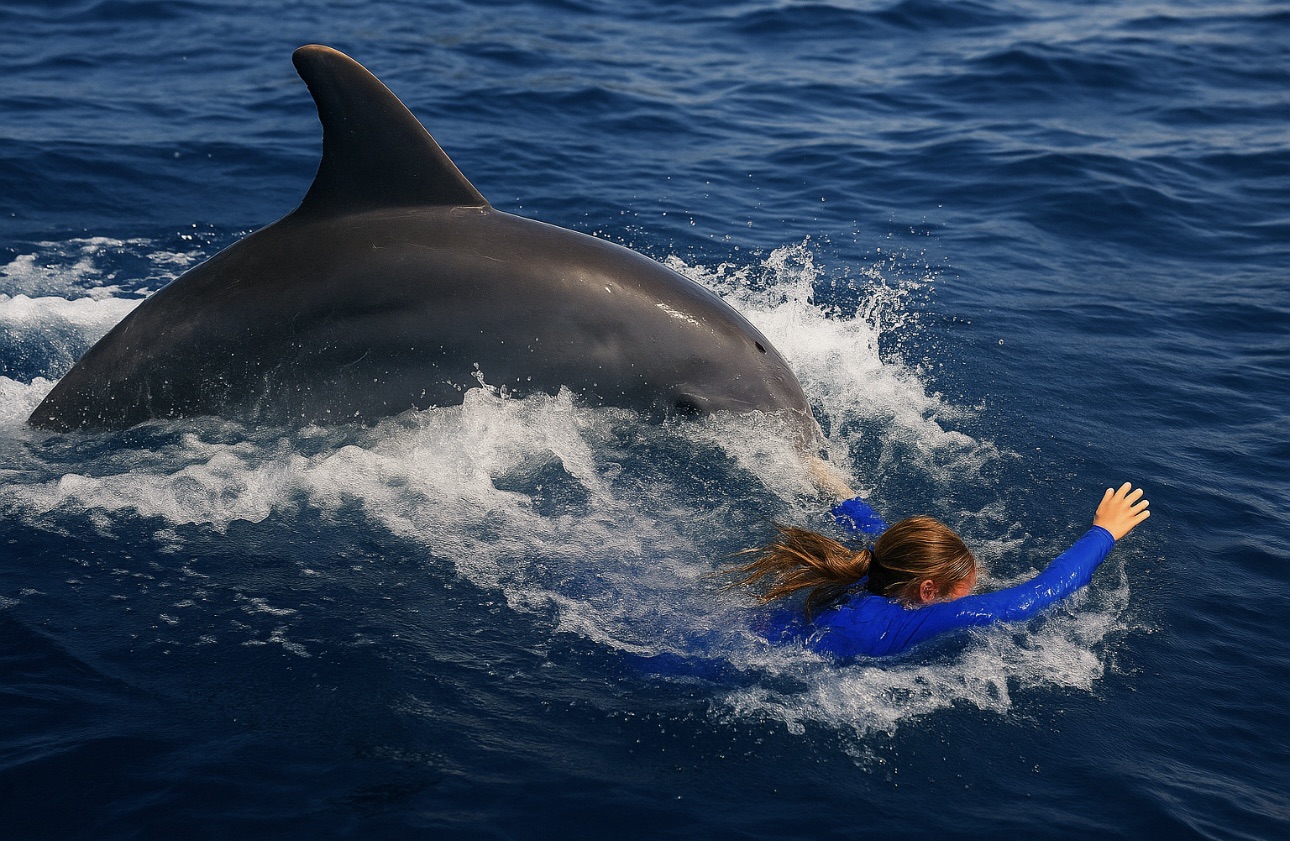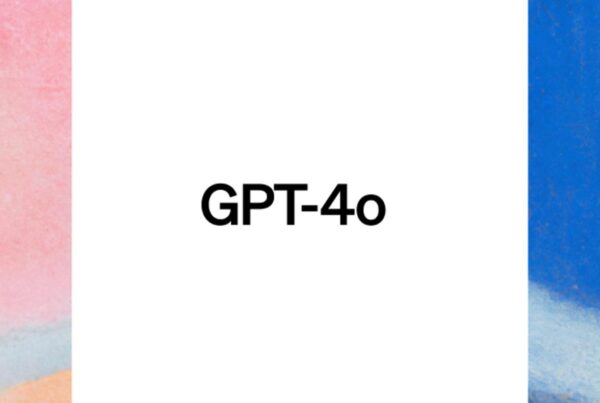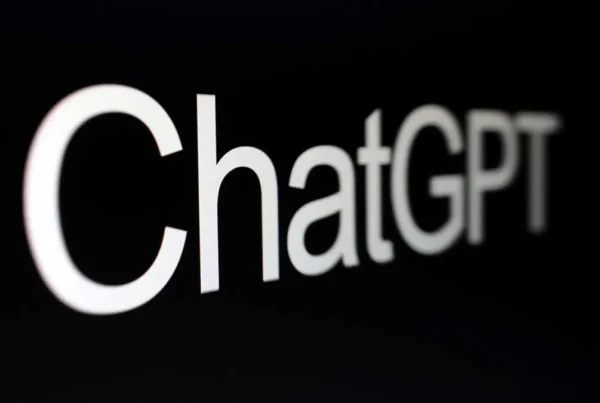The Viral Dolphin Video Phenomenon
Social media was recently shaken by a video showing a dolphin trainer named Jessica Radcliffe being dragged by a giant marine animal. The circulating narrative claimed the incident took place at a marine park, with spectators screaming in panic. The video quickly spread across TikTok, Instagram, and X, sparking widespread debate.
However, after verification, the truth revealed that the video was entirely generated by artificial intelligence (AI). There are no official records of a trainer named Jessica Radcliffe, nor of the marine park mentioned in the clip. International media outlets such as NDTV and Times of India confirmed that the entire narrative was a hoax created with visual manipulation technology.
Evidence of Fabrication
Digital experts identified multiple anomalies in the clip. The trainer’s body movements and the dolphin’s motion were not synchronized, water splashes looked artificial, and the audio carried the distinct tone of synthetic voices. All signs pointed to the use of generative AI.
Furthermore, if such a serious incident had truly occurred, there would have been official reports from authorities, hospitals, or mainstream news outlets. The complete absence of credible confirmation proves that the viral dolphin video is fabricated.
Why People Believed the Hoax
This phenomenon is closely tied to human psychology. In moments of shock, the human brain tends to lower its critical thinking ability. Extreme content, such as an animal attack, provokes intense emotions that push people to share before fact-checking. This psychological gap was exploited by the creators of the AI-generated hoax.
Adding to the credibility, the public still recalls real tragedies, such as SeaWorld trainer Dawn Brancheau’s death by orca in 2010. This collective memory made it easier for audiences to believe that a similar event could happen again.
Social Impact of AI Hoaxes
Although fake, the dolphin video sparked serious discussions about the ethics of AI usage. Technology capable of producing hyper-realistic content can easily be weaponized to spread disinformation. Without precautions, AI-driven hoaxes could erode public trust in digital media.
The controversy also revived attention on marine mammal welfare. Critics argue that this viral hoax diverted attention from real issues, such as the captivity of orcas in marine parks—a long-debated subject among environmental activists.
How to Detect AI-Generated Hoaxes
To avoid being misled, the public should learn to recognize the signs of AI-generated fake videos:
Check credible news outlets. If mainstream media is silent, be suspicious. Look for visual inconsistencies. Spot unusual movements, lighting, or sound. Use reverse image/video search. These tools help trace the content’s origin. Apply logical reasoning. Extraordinary claims should always come with extraordinary evidence.
By applying these steps, audiences can sharpen their digital literacy and avoid being trapped by misleading content.
Conclusion
The viral dolphin video featuring trainer Jessica Radcliffe is 100% fake and AI-generated. There was no trainer, no marine park, and no actual incident. This case highlights the urgent need for vigilance in today’s digital era.
Audiences must adopt a more critical stance before sharing online content, fact-check sources, and rely on verified media. Without this awareness, AI-generated hoaxes will continue undermining public trust in online information.









